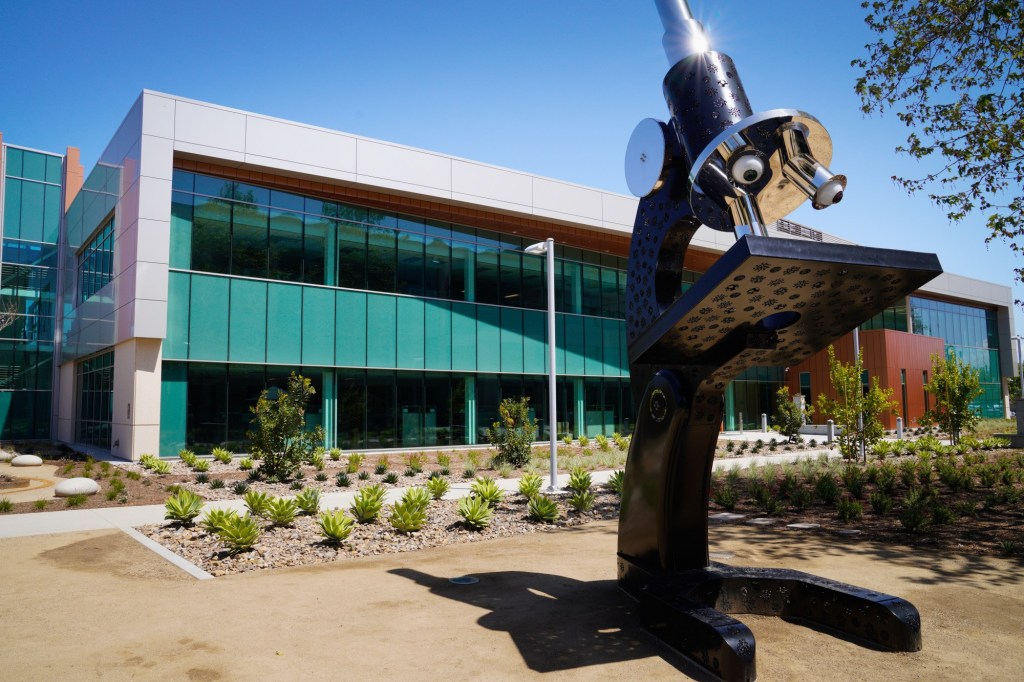

An anticipated $40 million cut in federal public-health funding has county officials scrambling to preserve programs that cover everything from wastewater testing to infectious disease investigations in San Diego County’s long-term care facilities.
The financial hit is caused by the Trump administration’s recent nationwide cancellation of several grant programs, including one that invests in building new public-health laboratory capacity and another that invests in eliminating health disparities revealed by the COVID-19 pandemic.
An expert analysis circulated among county supervisors this week lays out the potential damage. It says the grants directly pay for 91 public health jobs, support programs that provide vaccines to homebound adults, support public health activities in local schools, trace residents exposed to measles in order to prevent secondary infections and prevent prenatal hepatitis B infections.
Programs run under contract are also in the crosshairs, including one that administers vaccines in shelters, clinics and to homebound individuals, and a rapid-response team that tests for infections as quickly as possible to help prevent the spread of infectious disease.
Funding for infrastructure is also going away. About $3 million of remaining grant funding for the county’s new public health laboratory has been eliminated. Elizabeth Hernandez, director of public health services for the county, said the purchase of equipment capable of testing local wastewater samples for the presence of opioids has been put on hold.
So has automation equipment that can automate the processing of medical tests, a resource that could allow the lab to more quickly and accurately track outbreaks.
Hernandez said that the lab, which cost about $93 million to build, will still open next month and will have most of the upgrades originally envisioned — especially those that allow genetic fingerprinting of pathogens to allow more-rapid understanding of which strains of viruses and bacteria are responsible for causing new cases, a function that can help epidemiologists better understand where a threat came from and where it’s heading.
A plan to have the county, rather than local academic labs, conduct routine wastewater testing for infectious diseases is still among the features that the new facility at the county’s operations center on Overland Avenue in Kearny Mesa will hold.
But plans for a mobile lab, one that could be driven to the location of newly-detected outbreaks, are now on hold.
Likewise, work is underway, the director added, to find alternate funding sources or consolidate them with currently vacant jobs, for the positions whose grant funding has suddenly ended. That funding was spread over the current budget year and the 2025-2026 year, providing a little time to investigate possibilities.
“That has not been decided yet,” Hernandez said.
Overall, San Diego County expects to spend about $209 million on public health this fiscal year and $211 million next year, employing about 775 people. About 52% of total funding, Hernandez said, comes from the federal government.
The loss of grant funding triggered an immediate reaction from Terra Lawson-Remer, acting chair of the county board of supervisors, who released a statement Thursday afternoon decrying the cuts.
“We need to call this what it is: sabotage,” Lawson-Remer said. “The so-called Department of Government Efficiency isn’t about efficiency — it’s about dismantling the public systems that serve working families, so billionaires can claim the government doesn’t work.”
Kristian Andersen, a virologist at Scripps Research Institute in La Jolla, works regularly with county public health departments across the nation researching a variety of viral threats. He said San Diego has become well known for its ability to produce very detailed reports on infectious diseases circulating in the community.
Working with Scripps and UC San Diego, the region was among the first in the nation to conduct wastewater analysis which allowed early detection of increases in viral genetic material that signal an overall surge in infections before symptoms appear.
Public health cuts at the level of county health departments, he said, run the risk of blunting the critical ability to spot new threats as quickly as possible, buying time to keep outbreaks from growing.
“The worst-case scenario is that we start to see an overall higher burden of diseases plaguing the community which is not somewhere I think that we want to go,” Andersen said.
Originally Published:






